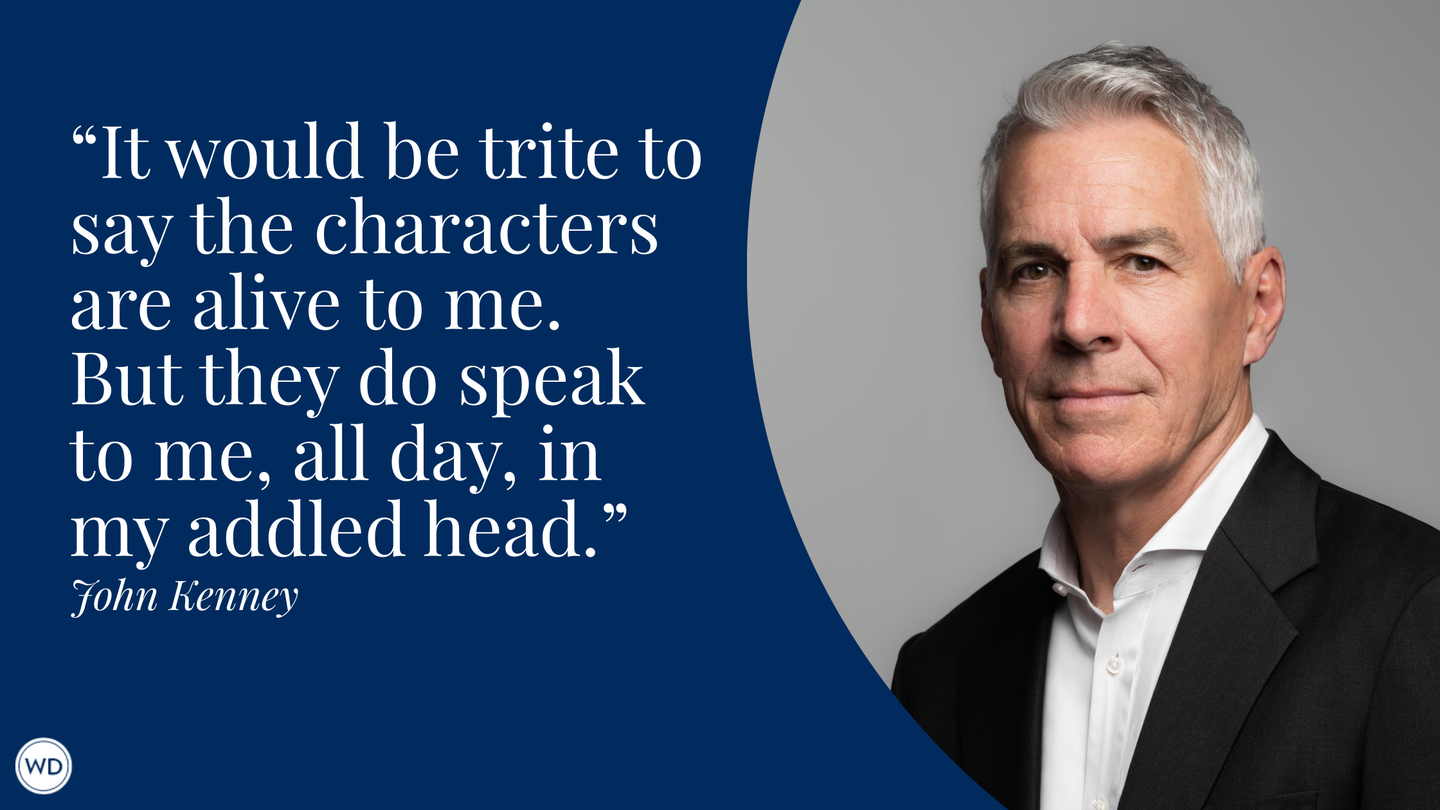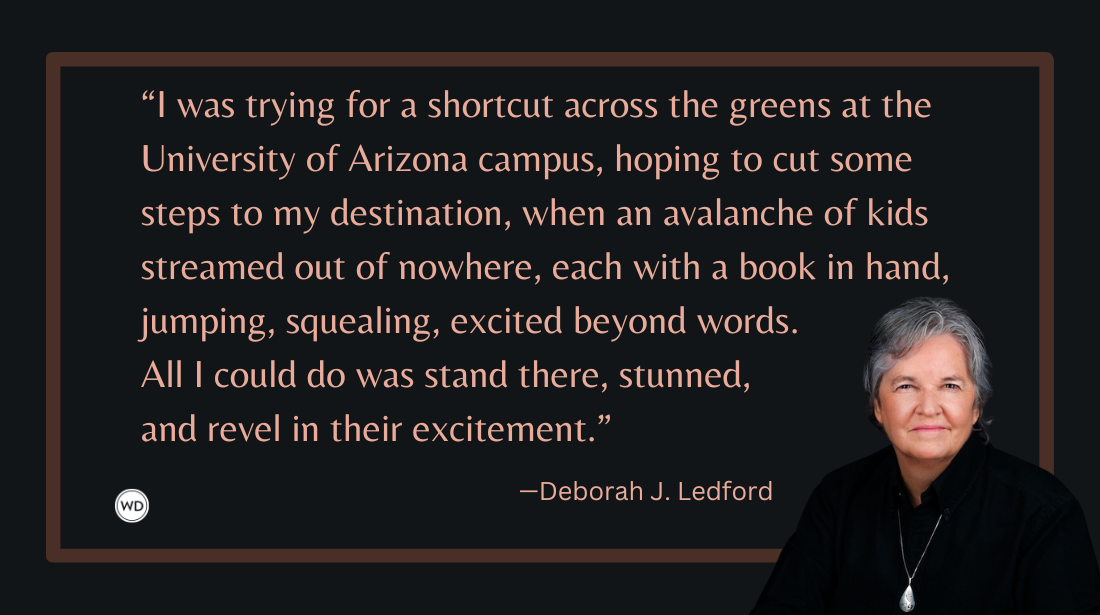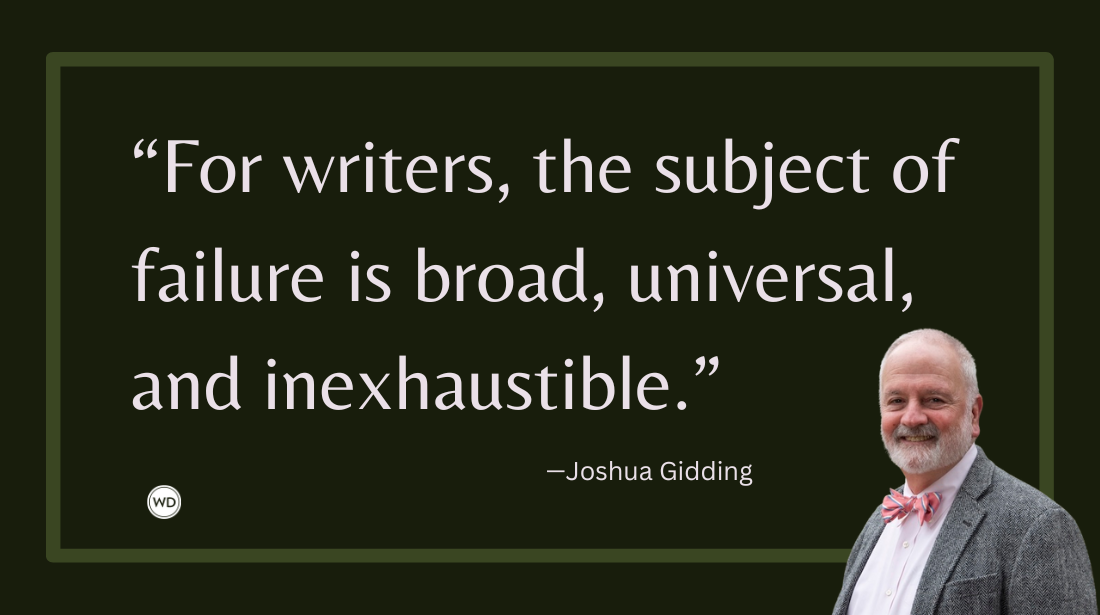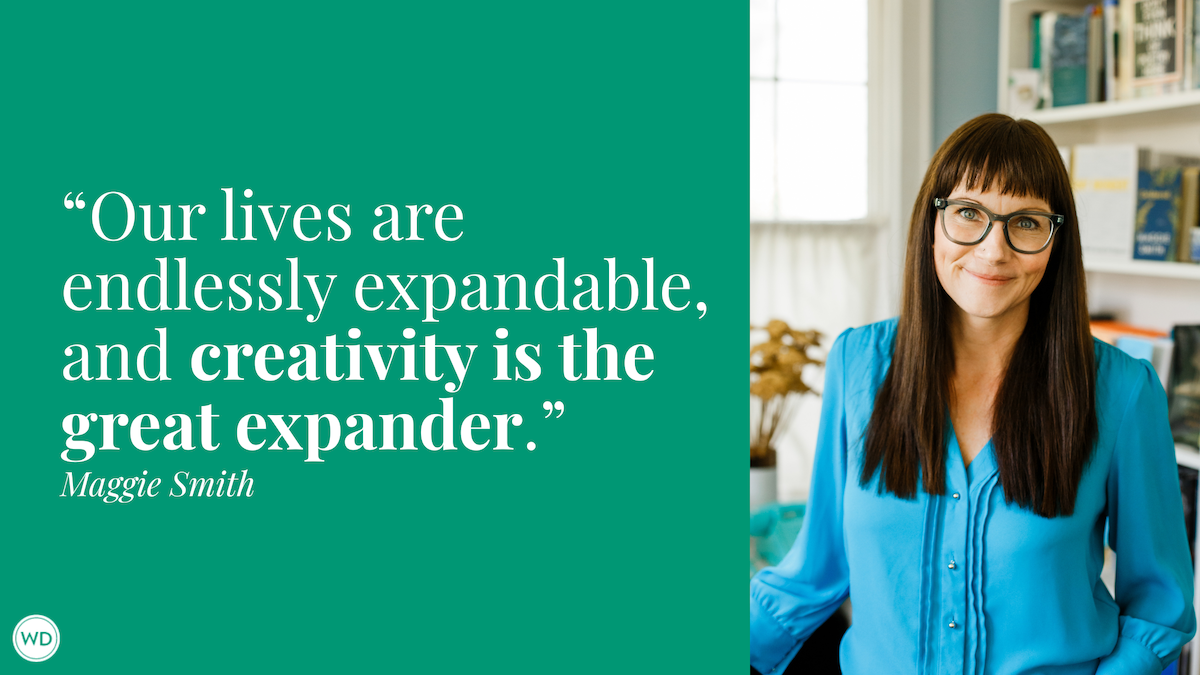Expectation Versus Reality: 10 Truths You Should Know About NaNoWriMo
The staff of the writing community nonprofit demystify the process behind their annual month-long challenge.
The staff of the writing community nonprofit demystify the process behind their annual month-long challenge.
This year marks the 20th anniversary of the largest writing event in the world: National Novel Writing Month (a.k.a. NaNoWriMo).
If you don’t know about NaNoWriMo, more than 300,000 writers sign up each November for a simple but audacious challenge: write 50,000 words of a novel in a month. That translates into a very do-able 1,667 words per day.
The idea is to banish your internal editor, plunge into your imagination, and write your story today—not during that novel-killing period of time known as … “someday.”
One’s creativity shouldn’t be a hall pass from the stiff and forbidding demands of your life. NaNoWriMo’s gift is to make creativity a priority for a month—and we hope, longer.
But NaNoWriMo is so much more than a 50,000-word challenge. In honor of the approximately three million writers who have taken part over 20 years—including bestselling authors like Elizabeth Acevedo, Erin Morgenstern, Jasmine Guillory, Hugh Howey, and Marissa Meyer—we’re telling the truth about what you can expect from NaNoWriMo.
1. Expectation: You’ll finish NaNoWriMo with a ready-to-be-published novel.
Truth:There’s lots of conflicting writing advice, but if there’s one thing everyone agrees on, it’s that your first draft won’t be perfect. NaNoWriMo is the time to let your imagination fly and explore all the possibilities of your story, so you’ll need to edit your mad dash of writing, fix the typos, and maybe write another draft (or two. Or 12). That’s why we provide an in-depth editing and revision initiative, “I Wrote a Novel … Now What?”, which occurs in January and February.
Plus, 50,000 words is the equivalent of a short novel or novella. You may find that your story needs many more words before it’s finished.
2. Expectation: You’ll write a lot during NaNoWriMo, but none of it will be any good.
Truth: Just because your first draft isn’t perfect doesn’t mean that you should throw it out. As we said above, no one writes a perfect draft on the first go, and quantity can lead to quality because you’re likely to take creative risks and make imaginative leaps in order to keep pace with your daily word count. Besides, all that writing has another purpose: You’re practicing your craft and honing your skills to produce high-quality work. The more you write, the better your writing will get.
3. Expectation: You only get something out of it if you reach 50K.
Truth:The 50,000-word goal is great for inspiring writers who may feel stuck in their normal writing practice, but the NaNoWriMo experience is all about the work you put in to get words on the page. Writing with a rigorous goal in mind encourages you to sit down and write every single day as well as introduces you to some seriously enthusiastic writing buddies to keep you accountable. While that 50K win can feel pretty good, the real reward is in the process. Those benefits remain the same whether you write 10,000, 25,000, or 100,000 words.
4. Expectation: You don’t need a plan or outline; just start writing on November 1!
Truth: That’s one way to do NaNoWriMo, and some people swear up and down that it works. We call them pantsers, since they write by the seat of their pants. For the plotters and plansters (see what we did there?), an outline or plan of some kind is the key to staying on track in November. That’s why we provide NaNoWriMo Prep resources during September and October to help writers deepen their ideas, develop characters, build worlds, and outline the plots of their novels-to-be. But no matter what degree you prep for your novel, it’s always good to honor the “Yes, and …” improv spirit of your pantser side during November.
5. Expectation: Writing is something you have to do alone.
Truth: There’s a whole community of writers you can join! Whether it’s at a local write-in at a library, coffee shop, or community center near you, at a Virtual Write-In with the NaNoWriMo staff, or using one of our group word-sprint options, you’ll be amazed at how writing with others to keep you accountable will help keep the words flowing. It’s the good kind of peer pressure. Plus, if you attend an in-person event, sometimes there are stickers (and cookies)!
6. Expectation:NaNoWriMo is only for people who have never written before.
Truth: While we certainly welcome brand new writers, there are plenty of established authors who use NaNoWriMo to help them write the first draft of their next bestseller (including Sara Gruen, Rainbow Rowell, and other big-name authors)—and everything in between. The spectrum of writing experience among NaNoWriMo participants varies widely, but our programs provide the tools, resources, and community to help writers at any stage or level of familiarity and education tell the stories they want to tell.
7. Expectation: NaNoWriMo is only for people who want to publish novels.
Truth:Writing, just like knitting, ballroom dancing, or any other art form, can be a robust and fulfilling hobby. If it’s not your goal to be published, you are not any less of a writer. NaNoWriMo is home to many writers who find joy in the practice of writing but have no desire to share that work in print. Those novels are still novels, and those stories have an important place in the NaNoWriMo community.
8. Expectation: It’s best to write when you’re inspired.
Truth: Inspiration is often characterized as a thunderbolt—a brilliant flash that strikes from the heavens—and that metaphor certainly holds truth because moments of inspiration can be a sudden igniting force. But those big, gobsmacking moments of inspiration are rare. NaNoWriMo teaches that inspiration is conjured in the telling—in overcoming whatever lulls that strike with willpower, grit, and as much caffeine as it takes. The words you create every day are fruit-bearing kernels of inspiration. Each word beckons for more words to follow. “If I waited for inspiration I wouldn’t really be a writer,” said Toni Morrison.
9. Expectation: I don’t have time for NaNoWriMo; I’m too busy.
Truth:NaNoWriMo isn’t for people who have time for writing, it’s about making time for writing. It’s about deciding that for just one month, you’re going to prioritize creativity in your life. Maybe that means the house gets a little messy or you eat a little more takeout in November, or your kids watch an extra show every day or you spend a little less time playing Fortnite. It’s all about finding the little pockets of time in your life that could make space for your writing and sticking to it all month long. We’ll be there to help you find those pockets and make the absolute best use of them that you can.
10. Expectation: This is just a one-off thing that happens in November.
Truth:NaNoWriMo is a year-round, fully-staffed nonprofit that puts on programs to support creative writing and literacy around the world. That’s why our Young Writers Program provides a free writing platform and classroom resources to support creative writing in approximately 10,000 classrooms. And why our Come Write In program works with more than 1,200 libraries, bookstores, and community centers to create inclusive, welcoming spaces for their local writers. Not to mention our dedicated online community, who are always ready to share writing advice, act as critique partners, or just chat about writerly interests.
You can track writing and revision goals on multiple writing projects throughout the year, or you can sign up for Camp NaNoWriMo, a virtual writing retreat that happens each April and July. At any given time of year, a NaNoWriMo write-in could be happening in your neighborhood because NaNoWriMo isn’t just a November thing—it’s a worldwide community of people who are passionate about creative writing and the change it can bring about in people’s lives.
One last truth: Some might expect that they have to pay for this big bundle of creative mojo, but it’s all free because NaNoWriMo believes that everyone should have the opportunity to write their story. So don’t wait to write your novel.
In WD University's 12 Weeks to a First Draft, you will tackle the steps to writing a book, learn effective writing techniques along the way, and of course, begin writing your first draft. Register today!
Grant Faulkner is the Executive Director of National Novel Writing Month (NaNoWriMo) and the co-founder of 100 Word Story. He's published Pep Talks for Writers: 52 Insights and Actions to Boost Your Creative Mojo; Fissures, a collection of 100-word stories; and Nothing Short of 100: Selected Tales from 100 Word Story. His stories have appeared in dozens of literary magazines, including Tin House, The Southwest Review, and The Gettysburg Review, as wellas in anthologies such as Best Small Fictions and Norton's New Micro: Exceptionally Short Fiction. His essays on creativity have been published in The New York Times, Poets & Writers, Writer’s Digest, and The Writer. He also hosts Write-minded, a weekly podcast on writing and publishing. Follow on Twitter @grantfaulkner.






